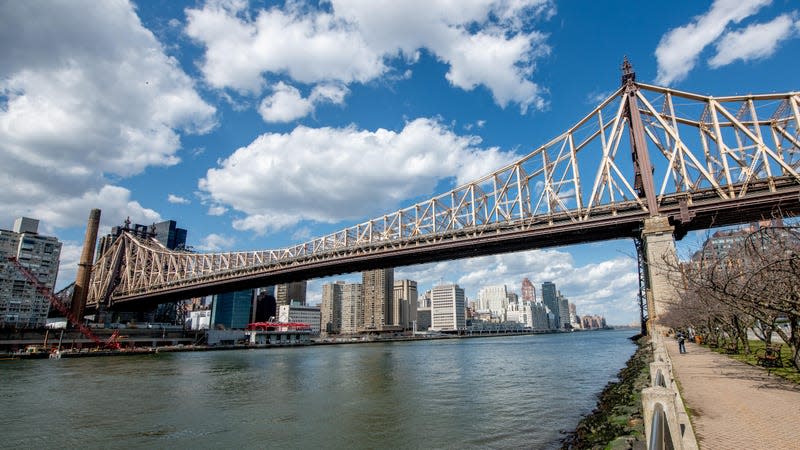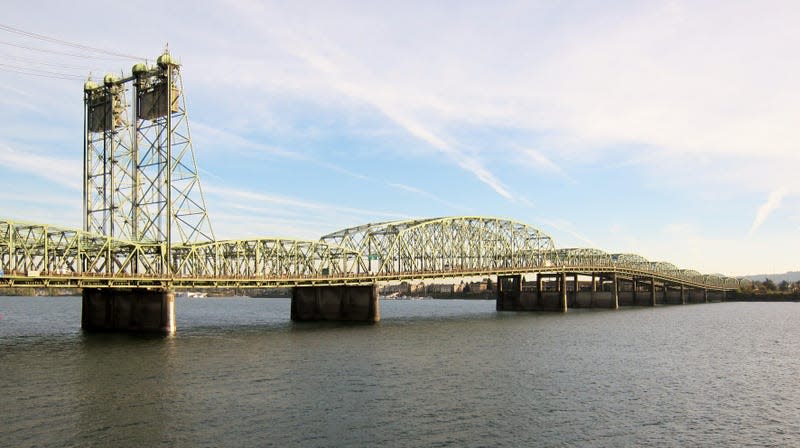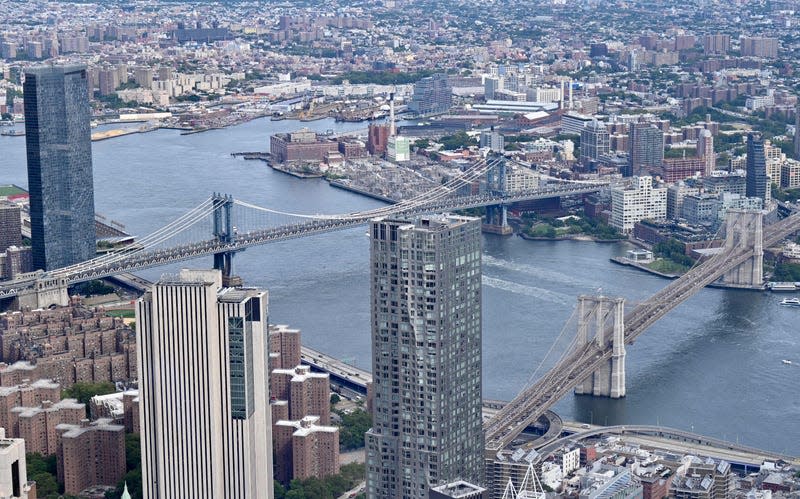White House Announces First Grants of $12.5 Billion Bridge Investment Program

In late January, the Fern Hollow Bridge in Pittsburgh collapsed on the same day President Joe Biden was scheduled to speak in the same city to promote the Bipartisan Infrastructure Law. The coincidental timing of the collapse that injured ten people and severed a natural gas pipeline, thrust the dangers of the country’s aging and crumbling infrastructure into the national spotlight. At the collapse site, the President said, “They’re going to fix them all. Not a joke. This is going to be a gigantic change. And there are 43,000 nationwide. And we’re sending the money.”
That money comes from the Bipartisan Infrastructure Law’s Bridge Investment Program, set to provide $12.5 billion over five years towards building, repairing and replacing bridges across the country. The Federal Highway Administration has stated that the program is the single largest dedicated investment in bridges since the construction of the interstate highway system. In reference to the program, Transportation Secretary Pete Buttigieg said, “Bridges represent more than just their physical structures - they connect people and communities and make it easier to go about our daily lives. These grants will help communities across the country move forward to modernize their bridges and make it easier for people and goods to move quickly, reliably, and safely to their destinations.”
Read more
The 2022 Civic Si Sure Seems To Make More Power Than Honda Says
You Can Now Sleep In A Retired Semi Truck Trailer Tiny House
An essential part of any massive government spending program is allocating the funds effectively, so the FHWA wants to create a pipeline of fully-planned projects to direct funding towards over the next few years. The program’s Bridge Planning Grants intend to help states and localities through their bridge projects’ planning and development stages before they apply again for construction funding. Of the $20 million set aside this fiscal year for these grants, the FHWA awarded $18.2 million to 23 projects in 23 states.

Seven recipients received grants of $1 million or more. Those included the Kodiak Island Borough in Alaska which received $1.28 million to figure out replacements for the Kodiak Sargent Creek and Russian River Bridges. The Pacific Northwest has two grant recipients. The City of Seattle received $2.4 million to plan the 4th Street Bridge over Union Pacific’s Argo Railyard. The Oregon Department of Transportation received $1 million for seismic analysis towards replacing the Interstate 5 Bridge over the Columbia River, the border between Oregon and Washington.

The remaining four projects given grants of $1 million or more are in the Northeast. The City of New York received $1.6 million to develop a 30-year capital construction program for the four bridges over the East Rivers: the Brooklyn, Manhattan, Williamsburg and Queensboro Bridges. The City of Philadelphia received $1.56 million to look into the feasibility of rehabilitating 18 street bridges that cross Amtrak and SEPTA’s electrified rail lines. The Cape May County Bridge Commission in New Jersey received $1.98 million to find its preferred replacements for four bridges. The Connecticut Department of Transportation received $1 million for a study focused on replacing a bridge that carries I-95 in Stamford.
America’s bridge can’t be fixed or replaced overnight. These planning grants are just the first step in a long process that will hopefully ensure that the country’s infrastructure is safe for the next 50 years.
More from Jalopnik
Sign up for Jalopnik's Newsletter. For the latest news, Facebook, Twitter and Instagram.

 Yahoo Autos
Yahoo Autos 